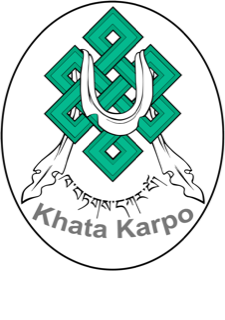About Tibetan language
Here is a presentation of the Tibetan language that comes from the INALCO (Institut National des Langues et Civilisations Orientales) university website (originally in French), where standard Tibetan and Amdo dialect is taught.
http://www.inalco.fr/langue/tibetain
« The Tibetan language belongs to the Tibetic language group of the Tibeto-Burmese language family. The Tibetan-speaking area covers a territory of about 2.5 million km² for a total of 6 million speakers: the Tibetic language group is spoken in Tibet as well as in India, Nepal, Bhutan, Pakistan (with a small Tibetan-speaking zone in Burma). Tibetan consists of fifty language, which can again be broken down into about two hundred dialects, most of which are not well known. The Tibetan language taught at INALCO, as elsewhere in the world, is the standard Tibetan, spoken in the diaspora, which serves as the lingua franca.
Despite its relatively small number of speakers, the Tibetan language has spread far beyond its borders since the creation of its alphabet in the 7th century. It is in fact the sacred and liturgical language in which ritual, philosophical, exegetical and hagiographic of the so-called “Tibetan” Buddhism are written, for more than thirteen centuries, and they still are today. Also called « Vajrayāna Buddhism », this late Buddist movement is practised not only in Tibet, but also in Bhutan, in Nepal, in northern India (Ladakh, Zanskar, Sikkim, Darjeeling), in Mongolia and in a few republics of the Russian Federation (Buryatia and Lamykia, among others). Tibet has also developed a great tradition of classical poetry historiography, biography, medicine, epic literature and sung theatre. Contemporary literature is also very much alive. At the same time, its essentially rural population (farmers and pastoralists) is the holder of a rich oral literature of a richness that is still poorly known.

 Français (France)
Français (France)  English (UK)
English (UK)  Tibétain (Tibet)
Tibétain (Tibet)